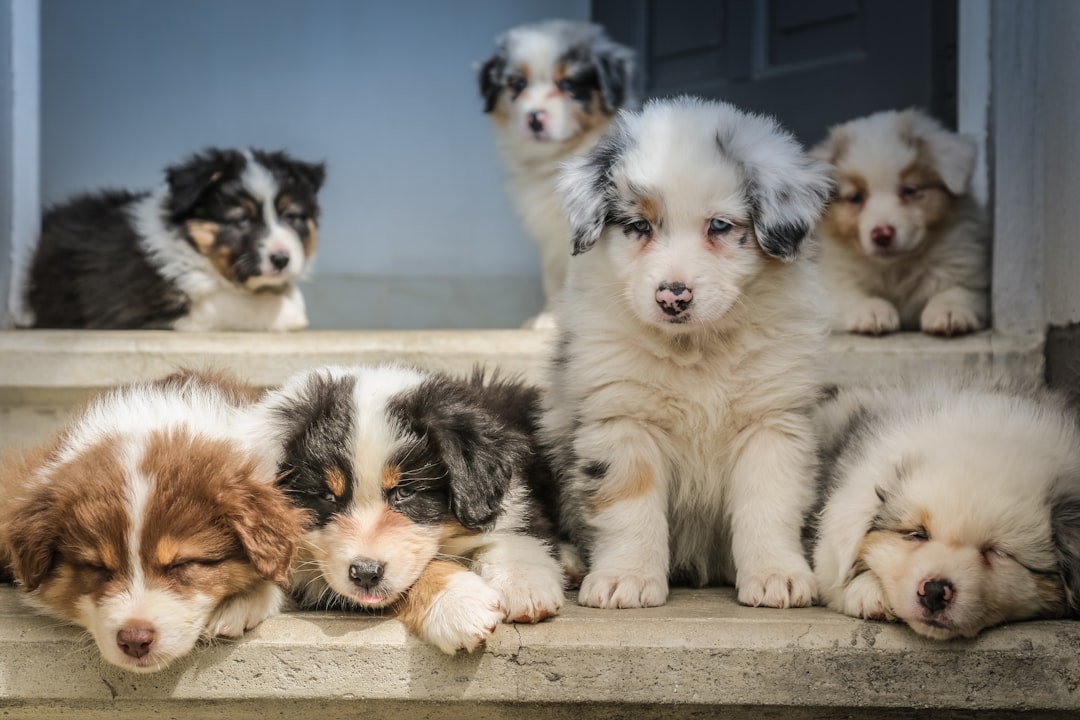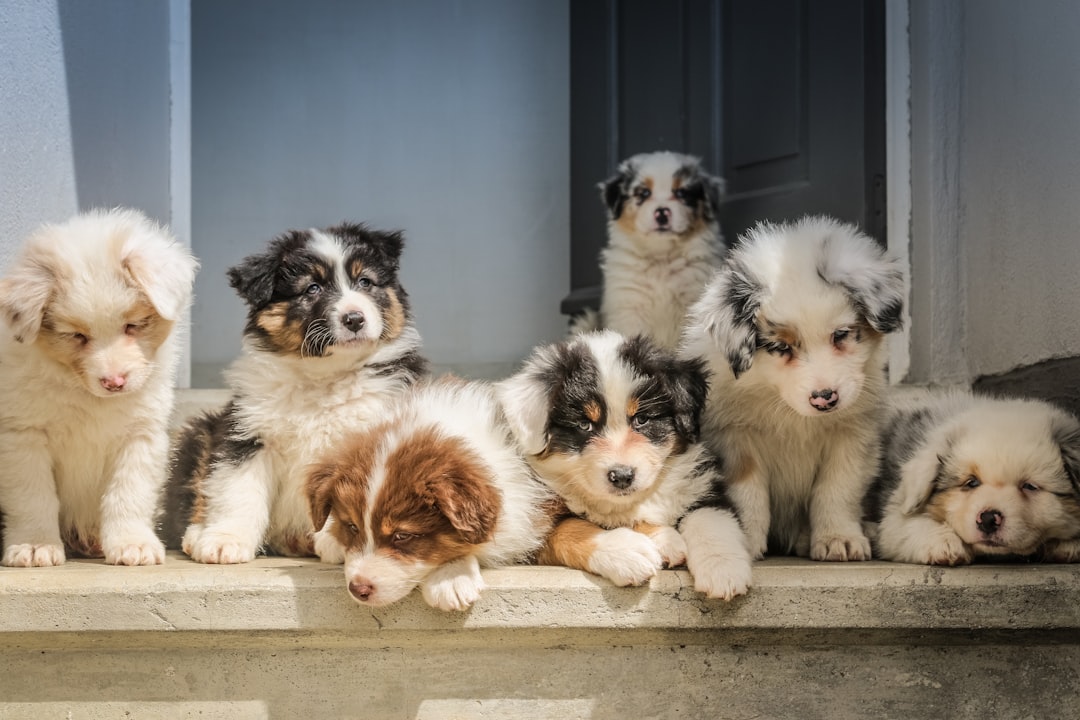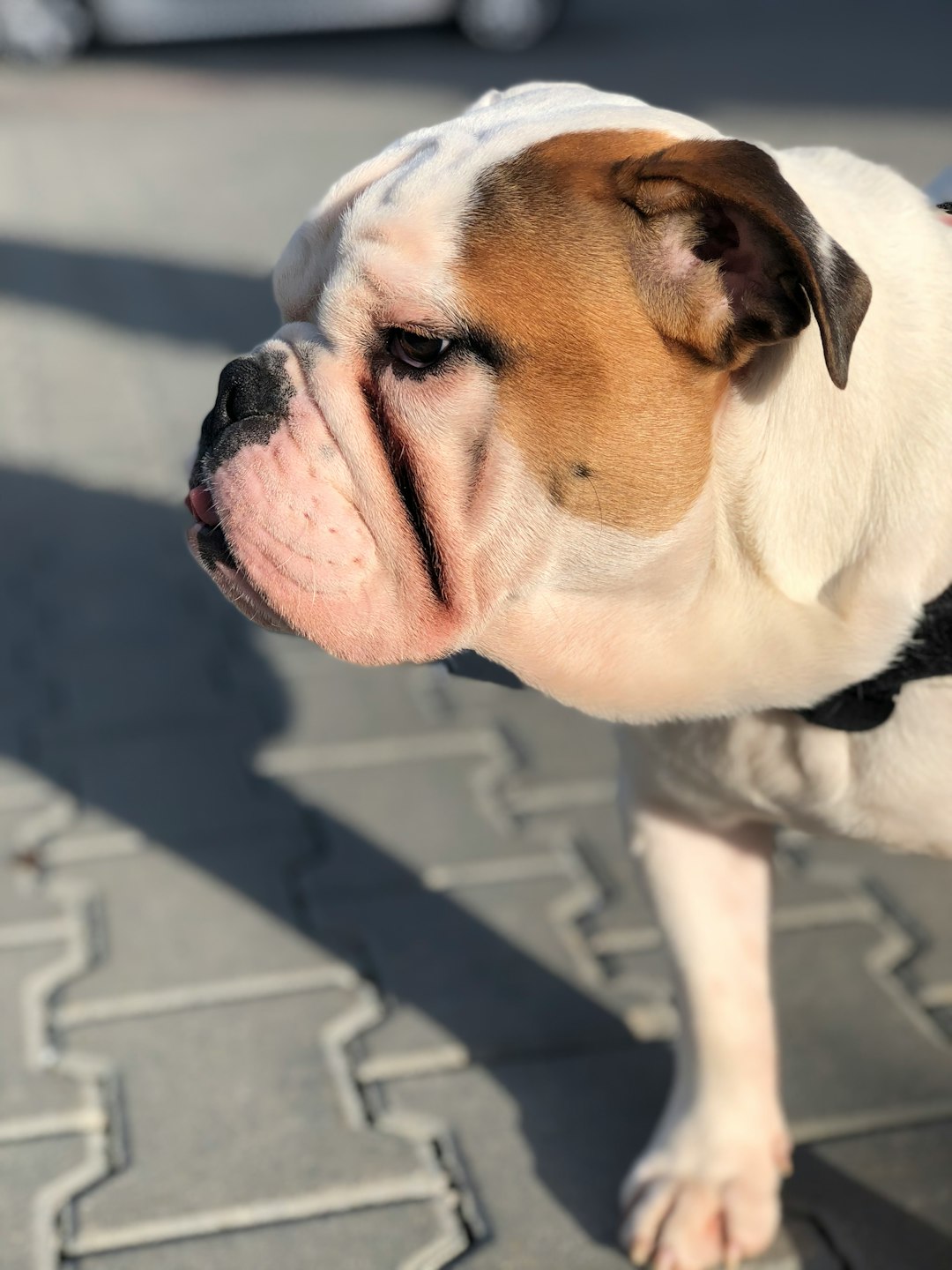Picture this: your furry friend discovers something far more exciting than a squirrel—it’s a new, mysterious bump that you just can’t explain. While you may think it’s just a quirky feature of your dog, it could actually be a mast cell tumor dog! These pesky growths aren’t just for show; they come with their own set of causes, symptoms, and treatments. So, grab your dog’s favorite snack and let’s dive into the wacky world of mast cell tumors, where knowledge is the best treat you can give your pup!
Overview of Mast Cell Tumors in Dogs

Ah, the majestic mast cell tumor dog! Sounds like a fancy breed, doesn’t it? Unfortunately, it’s not quite that glamorous. Mast cell tumors (MCTs) are like those unwanted guests that crash your dog’s party and refuse to leave. They’re malignant growths that occur when mast cells, which help allergies and inflammation, go rogue.
Fun Fact: Instead of getting cuddles and snacks, these tumors might end up being the center of attention during vet visits. Here’s what you should know about these pesky critters:
- Who’s at risk? Breeds like Boxers, Bulldogs, and Retrievers seem to have a bias against skin health.
- Where do they appear? Anywhere, really! On the skin or sometimes internally. Talk about a real estate expansion! 🏡
- Size matters: Some MCTs are as small as a pea, while others could rival the size of your dog’s favorite chew toy.
Understanding that these tumors can be sneaky is crucial. So, keep an eye on your furball; after all, prevention is better than a trip to the vet!
Common Causes of Mast Cell Tumors

So, you’re probably wondering what in the dog-gone world causes these pesky mast cell tumors in dogs? While we can’t blame their behavior on bad dog treats, here’s a delightful scoop on what might be behind these tumor shenanigans:
- Genetics: Like that weird uncle who shows up at family gatherings, some dog breeds are more prone to mast cell tumors. Breeds such as Boxers, Bulldogs, and Retrievers often have these unwanted guests!
- Age: Just like humans, age catches up to our furry friends. Most tumors party from middle age onwards, so senior pups need extra attention — no pressure!
- Environmental Factors: Yes, Fido, your uphill battles with fire hydrants are not the only environmental concerns. Exposure to chemicals, toxins, or even that “organic” lawn care can kick-start mast cell issues.
- Inflammation: An inflammatory response can play a role. So, after that rolling in the mud incident, keep an eye out for any unusual lumps!
Remember, while we can try to dodge these risks, it’s crucial to consult your vet. After all, spotting a mast cell tumor dog in its early stages is way better than playing the guessing game! 🐾
Recognizing Symptoms of Mast Cell Tumors

Alright dog owners, let’s talk about those pesky mast cell tumors, shall we? Spotting a mast cell tumor dog isn’t exactly as easy as spotting a squirrel in the yard, but some symptoms can help you don your detective hat! Here’s what to keep an eye on:
- Lumps and Bumps: Especially on the skin; think of them as surprise presents from your furry friend—except you don’t want these gifts!
- Swelling: If Fido looks more like a sausage than a sleek pup, don’t ignore it!
- Itching and Redness: As if they were auditioning for a scratching post commercial. If your dog can’t stop scratching, check that skin too!
- Vomiting or Diarrhea: If their tummy starts doing the cha-cha, this could be a sign!
| Symptom | Naughty List | Treatable? |
|---|---|---|
| Lumps | 100% unwelcome | Yes |
| Swelling | Maybe a bite or something more | Yes |
| Persistent Itching | Does it feel like they’re auditioning? | Yes |
| GI Upset | Argghh, stomach turmoil! | Yes |
Ultimately, if you notice any of these signs on your mast cell tumor dog, don’t be a stranger to your vet. Grab that leash, and let’s go for a check-up—your dog will thank you (eventually)! 🐶
Diagnostic Techniques for Mast Cell Tumors
When it comes to figuring out if your furry friend has a mast cell tumor dog situation brewing, veterinarians have some nifty diagnostic techniques up their sleeves. Think of it as detective work, but for your dog’s skin! Here are the main methods they employ:
- Physical Exam: The vet will give your pup a thorough once-over. They’re looking for lumps, bumps, and that “I just rolled in something gross” look.
- Fine-Needle Aspiration (FNA): This fancy term simply means sticking a needle into a lump and taking a sample. It’s quick, easy, and usually preferable to drama-filled surgeries. Bonus: Fido gets a treat afterward!
- Biopsy: When the FNA doesn’t provide enough clues, it’s time for the big leagues. A biopsy removes a chunk of tissue for a closer inspection. Think of it as a “Reality Show” of your dog’s cells!
- Imaging Techniques: In some cases, vets use X-rays or ultrasounds to see if the trouble is hiding in places you can’t see. No need for a sleuthing dog in a trench coat here!
All in all, diagnosing a mast cell tumor dog isn’t just about finding lumps; it’s about ensuring your best friend gets the star treatment they deserve. 🐾
Treatment Options for Mast Cell Tumors
When it comes to treating a mast cell tumor dog, the options vary as much as a dog’s wardrobe (yes, we see you, little fashionista!). Here’s what you and your furry friend might expect:
1. Surgical Removal
- Best for small tumors: If caught early, the vet may suggest removing the tumor and some surrounding skin. Think of it as decluttering for your pup’s body.
2. Medications
- Antihistamines: These can help relieve symptoms, as if your dog suddenly discovered the joys of not sneezing at every pig ear.
- Chemotherapy: Sounds scary? Don’t fret! Dogs tolerate it much better than their human counterparts (and they don’t even have to wear a hospital gown).
3. Radiation Therapy
- When surgery isn’t an option: This targets cancerous cells like a laser beam at a disco party—very flashy and effective.
4. Immunotherapy
- Holistic approach: Gives your dog’s immune system a pep talk to fight off those pesky tumors more fiercely.
5. Watchful Waiting
- Sometimes, a “let’s see what happens” attitude is best for slow-growing tumors.
Whether it’s through surgery or some creative medication, taking action against a mast cell tumor in dogs can lead to better health and tail wags!
Prognosis and Outlook for Affected Dogs
When it comes to a mast cell tumor dog, the prognosis can be as variable as your dog’s reaction to a bath—some dogs are just fine, while others might throw a fit! Here’s a quick rundown on what to expect:
- Tumor Grade: Low-grade tumors often result in a brighter outlook. These fancy tumors are slow-growing, making your pup a prime candidate for a “back to fetching sticks” life.
- Location: Tumors located on the skin tend to be less trouble than those hiding internal secrets. If you find a lump during cuddle time, get a vet involved faster than you can say “treat time.”
- Staging: Staging involves determining if the tumor has spread. The earlier you catch it, the easier it is to manage. Think of it as catching a squirrel before it bursts into your backyard.
- Overall Health: A healthy dog can bounce back better, which is why those green veggies are not just for the rabbits!
In summary, the future for your mast cell tumor dog can be bright, especially with regular vet check-ups and an advisor (your vet) who can keep you informed. Just remember, every furry friend deserves a fighting chance at those extra belly rubs!
Importance of Regular Vet Check-Ups
When it comes to a mast cell tumor dog, remember: prevention is better than cure—just like how sleeping on your pillow feels way better than sleeping on the couch! Regular vet check-ups ensure your furry friend stays in tip-top shape. Here’s why they’re essential:
- Early Detection: Spotting a mast cell tumor in dogs early can significantly improve outcomes. Think of it as finding out where the snack stash is hidden before the party starts!
- Monitoring Health: Regular visits allow your vet to track any changes in your dog’s health. After all, you wouldn’t want Fido to suddenly start acting like a grumpy old man, right?
- Tailored Care: Each dog is unique! Frequent vet visits help tailor a health plan that suits your canine companion—kind of like customizing your pizza order (extra treats, please!).
- Preventive Measures: Vets can recommend preventative measures that might keep mast cell tumors at bay, or, at the very least, help keep them in check.
So, make that appointment and keep an eye on your wagging tail buddy. Because, let’s face it, life without doggo is ruff!
Preventative Measures for Mast Cell Tumors
Ah, the age-old quest for pet parents everywhere: how to keep our furry companions safe from the dreaded mast cell tumor dog. While we may not have a magic wand (or the superpowers of a canine superhero), there are still some pawsome preventative measures to consider:
- Healthy Diet: Feed your dog high-quality food. Think of it as the canine version of a spa day. Healthy food contributes to a robust immune system, which, in turn, offers some protection against tumors.
- Regular Exercise: Keep that tail wagging and those paws moving! Physical activity helps maintain a healthy weight and boosts your dog’s immune system to fight off any sneaky mast cell tumors.
- Avoid Chemicals: Your garden may not be a toxic waste dump, but those pesticides and herbicides can be. Opt for organic when possible—your dog will thank you by not rolling around in who-knows-what!
- Routine Vet Check-Ups: Never underestimate the power of a good ol’ canine physical—and yes, that means you might have to surrender your favorite chair space for a vet visit. Early detection can make a world of difference with a mast cell tumor dog.
In short, your dog’s health is a team effort! So gear up, stay vigilant, and let’s keep those mast cell tumors at bay! 🐶
Frequently Asked Questions
What exactly are mast cell tumors in dogs?
Mast cell tumors are like the high-maintenance divas of the dog tumor world. They’re a type of cancer that originates from mast cells, the ones in your pup’s immune system that go all out when faced with allergies. Imagine a sneezy dog turning into a drama queen! These tumors can show up anywhere but love to make a scene on the skin, sometimes resembling pesky little lumps or bumps that only a canine version of a gossip magazine could make a fuss about.
What causes these pesky little tumors?
Ah, the million-dollar question! While the exact cause remains a doggy riddle wrapped in a furball, genetic predisposition plays a major role—think of it as the dog’s version of inheriting your grandmother’s knack for knitting (or in this case, tumors). Certain breeds like Boxers and Bulldogs have a glamorous reputation for this. Also, environmental factors like exposure to chemicals can join the party, making those tumors pop up like uninvited guests trying to crash your dog’s birthday bash.
How can I spot these tumors?
Spotting mast cell tumors is like playing a game of ‘What’s Under the Fur?’ These tumors may present as swollen areas, lumps, or bumps that feel like your dog’s version of a stress ball. You might also notice changes in size, shape, or even color (talk about a mood ring!). And just when you think everything is fine, some may release histamines leading to a doggy version of an allergy attack—itching, redness, and even stomach troubles. So keep your eyes peeled and your nose ready!
What do I do if my dog has a mast cell tumor?
First off, don’t panic! I mean, your dog has been known to eat half the couch, so this isn’t the craziest thing they’ve done! Your best course of action is to book an appointment with your vet, who will probably have a full medley of options for you—from surgery (the classic), to chemotherapy (the VIP ticket), or radiation therapy (the bonus round). Let’s face it, your pup may have to deal with a few inconveniences, but with the right care, they’ll be back to chasing squirrels in no time!



